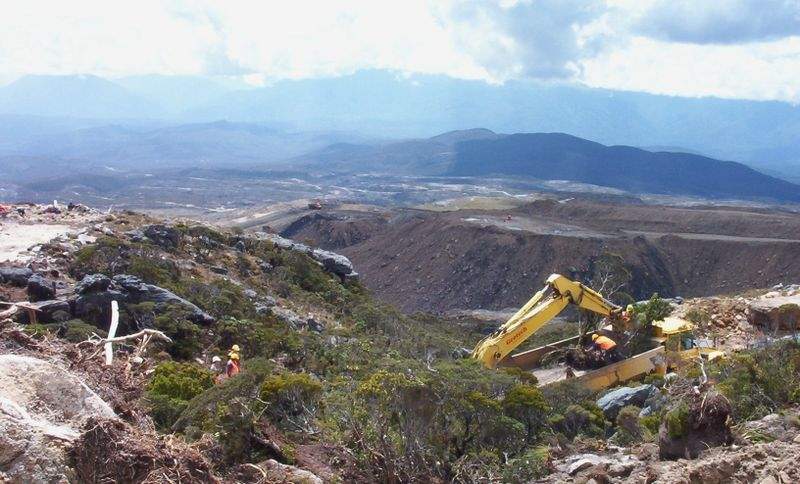
A panel of 24 experts has concluded that every option for re-entering the Pike River coal mine in New Zealand must be considered, following a summit that found all proposed solutions to be “technically feasible”.
The panel, which included technical experts, police officers, representatives from WorkSafe, members of the department of conservation, mine rescue specialists and families of those who died in the mine, met to discuss possible means of re-entering the mine, where 29 miners were killed in an explosion in 2010.
Their bodies have yet to be recovered, despite the work of the Pike River Recovery Agency (PRRA), which was established following the disaster to carry out the recovery.
“It’s been two weeks of hard work,” said Jim Knowles, who is authoring a report on potential re-entry. “I’m confident [the PRRA] can move forward with what we’ve done. Any one of these options is feasible and can be done safely.”
Three options were considered at the summit: entering through the mine’s original entrance, which has been closed since the accident; building a new 250m-long tunnel to reach the miners’ remains and provide ventilation and a second escape route; and entering the main entrance, but drilling a new borehole to provide an emergency escape route.
The construction of a second tunnel was proposed in June, when the PRRA announced that the tunnelling project would be within the government’s budget of NZ$23m allocated for the re-entry project.
The panel identified risks associated with each approach, and considered how they could be minimised. A second team of experts will then independently review the first panel’s risk assessments at the start of October, ahead of a third and final review on 16 October.
The mine, located on the west coast of New Zealand’s South Island, began operations in 2008, but was quickly plagued by technical problems. A major ventilation shaft collapsed twice in late 2008 and 2009, prompting the construction of a new shaft that was more vulnerable to power failure and fire. Additionally, a planned methane detection system was never installed or calibrated.
These failures contributed to the 31 casualties in 2010, with the explosion believed to have been triggered by a build-up of methane. Both survivors were found to have suffered from carbon monoxide poisoning.
“I’m confident,” said PRRA chief executive Dave Gawn. “There’s nothing I’ve heard that would mean re-entry is impossible. All three options have been shown to be technically feasible.
“Those [re-entry hazards] are all standard hazards within any mining industry, so that’s why the experts are quite confident they can be managed as we go forward.”



